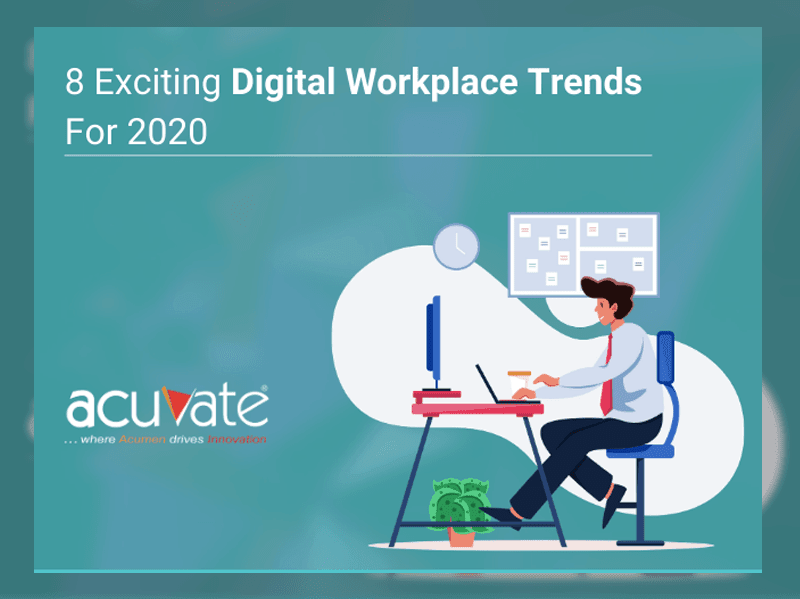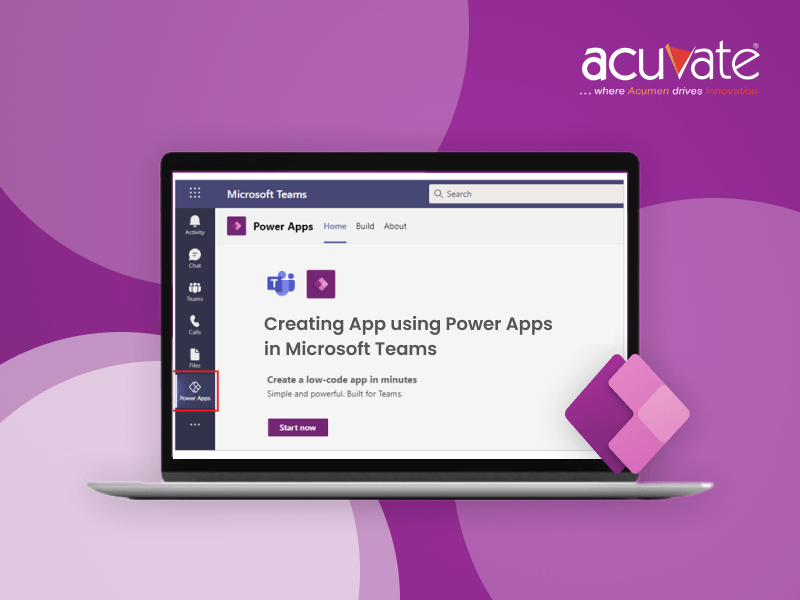As we forge into a new decade in 2020, we carry forward some of the most transformative digital technologies that have revolutionized the way we work. The outreach that technology today has and its capabilities in the workplace are so vast that artificial intelligence and other smart technologies can soon become our co-workers.
In the past decade, we have seen organizations realize the fact that Employee Experience has a direct impact on not only attracting and retaining but also improving customer satisfaction and revenue. And adopting a digital workplace is imperative to enhance the experience of the workforce.
For the uninitiated, digital workplace is a business strategy that entails an appealing and intuitive work environment to boost digital dexterity among the workforce and improve business outcomes. With the influx of wide ranging technology, be it automation, AI, ML or RPA, workplaces across all industries and functions are undergoing a drastic transformation. In this article we try to shed light on the technological prospects of 2020 and the top digital workplace trends worth investing in.
8 digital workplace trends for 2020
hyperautomation
Hyperautomation is the use of technology to automate complex cognitive activities that require humans to perform. It is an amalgamation of AI, Robotic Process Automation (RPA), intelligent Business Process Management Software (iBPMS), with a goal to drive decision making by the use of artificial intelligence.
Hyperautomation not only refers to automating a wide range of tasks but also to sophistication of automation itself. The ulterior motive of Hyperautomation is to create a Digital Twin (DTO), which is a digital representation of physical objects that allows organizations to visualize how functions, processes and key performance indicators interact to drive value.
The DTO is eventually integrated with the hyperautomation process to provide real-time and continuous insights about the organization and to drive significant business opportunities.
transparency
The evolution of technology has rather been a double-edged sword, with organisations plunging into a trust crisis with their users who fear a breach in their privacy.
As consumers are gaining awareness of how their data is collected and used, organisations have begun to acknowledge the liability in storing and gathering data.
With the advent of AI and ML being used in decision making, organisations are exploring concepts like explainable AI or AI governance.
However, the evolution of AI governance should lay focus on ethics, integrity, openness, accountability, competence and consistency, which are the six key elements of trust.
Government acts like the European Union’s General Data Protection Regulation (GDPR) and California’s California Consumer Privacy Act, are being enforced around the world, to transform and lay the foundation for organizations to rebuild trust and forge better relations with the users.
AI-Powered security
As technologies evolve to provide revolutionary opportunities, they also open the floodgates for vulnerabilities in securities and potential for attacks. Security teams are thus challenged to mitigate these risks and understand the role of emerging technology, more specifically AI, in the security domain.
According to Gartner, AI-powered security deals with three elements that involve:
- Protecting AI-powered systems: keep AI training data, training pipelines and ML models secure.
- Leveraging AI to improve security defense: using machine learning to understand patterns, identify attacks and automate cybersecurity processes.
- Predict unlawful use of AI by attackers and defend against them.
AI for change management and adoption
AI is transforming the concept of change management within an organization. Users who are slogging with legacy systems will find AI-driven systems more intuitive and easy-to-use. For instance, many companies today are integrating AI-powered chatbots with their enterprise softwares like intranets, business intelligence systems, CRMs, etc. to drive user adoption.
getting rid of app sprawl
Over the course of time enterprises tend to accumulate obsolete technologies, that are cumbersome to use, and fail to reap sufficient benefits in order to justify the investment made.
In order to ease the constraints posed by the existing technology, enterprises tend to accumulate new technologies, only to add on to the bulk of mediocre technology that becomes a liability on the company.
Enterprises are flooded with a myriad of applications that don’t add much value in the workspace. According to a study conducted by Symantec CloudSOC, a majority of CIOs believe their organizations use 30-40 cloud apps and enterprises on average tend to have a staggering 928 cloud apps!
One of the top trends in 2020 would be in cutting through this digital clutter with companies being resolute on formulating solutions that simply work, are easy to use and employee-friendly.
chatbots
Chatbots are one of the most emergent technologies pervading across several industries and functions. Enterprise chatbots are eliminating the need for multiple apps and acting as a single point of contact for employees to get work done. According to Gartner, by 2021, more than 50% of enterprises will spend more per annum on bots and chatbot creation than traditional mobile app development.
In the past few years, chatbots have become more intelligent and are now capable of better analysing and understanding the emotions and mood of the user by examining their text or voice input.
They are enabled with features like memory, personality, contextual understanding, sentiment analysis, and segueing conversations.
Another trend to watch for in this space are voice enabled chatbots. Voice bots can give out personalized responses with contextual understanding, natural language processing, and speech synthesis.
augmented analytics
Augmented Analytics is the use of advanced machine learning and artificial intelligence algorithms to automate insight generation process without depending on data scientists or other manual processes. With augmented analytics, citizen data scientists can clean, analyze and convert data into actionable insights for decision-makers with minimal to no supervision from a technical expert.
According to Gartner, data it is recommended that data and analytics leaders plan and adopt augmented analytics in their enterprises, as platform capabilities mature.
The motive of augmented analytics is eliminate constant human intervention in insights generation and thus remove any inherent bias or errors in the process. It also reduces time intensive manual data exploration and weeds out false or less relevant insights automatically. Use of augmented analytics helps to counter the problem of missing out on important insights by using an exhaustive range of algorithms and ensemble learning to data.
distributed cloud
Distributed cloud, which is the decentralization and distribution of public cloud services to locations outside the physical data centres of the cloud provider, ushers a new era in cloud computing.
The cloud provider whilst controlling the distributed cloud is also responsible for its service architecture, delivery, operations, governance and updates.
Distributed cloud provides the freedom to set up data centres in any part of the globe and helps to resolve technical and regulatory challenges like latency and data sovereignty.
New technologies and trends are emerging at an incredible pace and the way they’re transforming the way we work is something we’ve never seen before. In 2020 and beyond, we can expect more organizations to increase their investments in digital workplace technologies and accelerate their journey towards digital transformation.
If you’d like to learn more about this topic, please feel free to get in touch with one of our digital workplace consultants for a personalized consultation.



